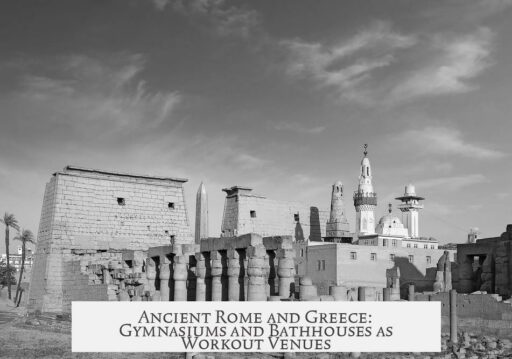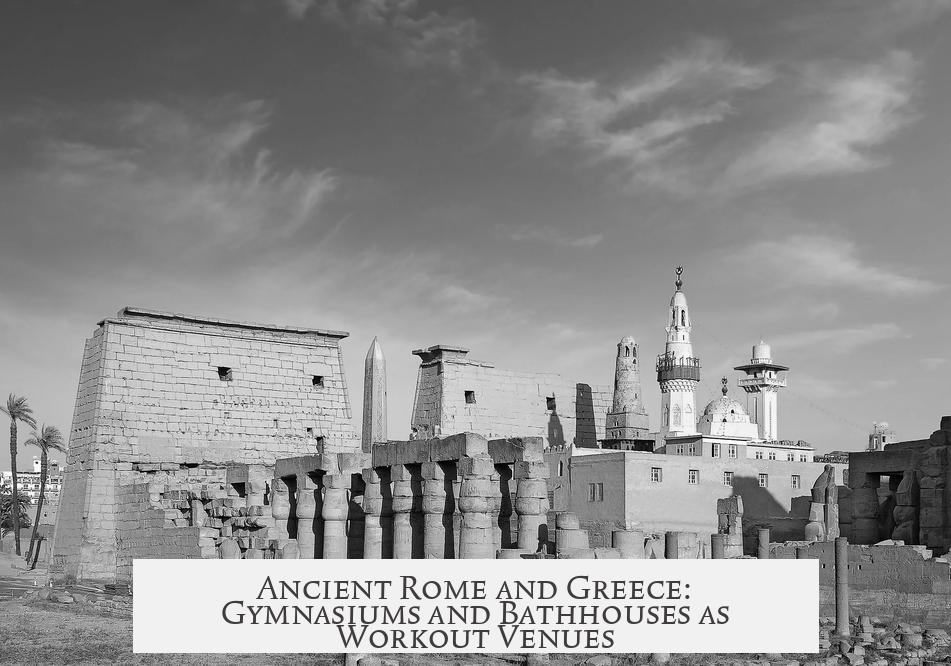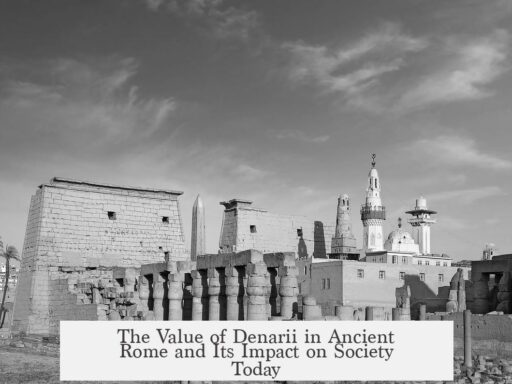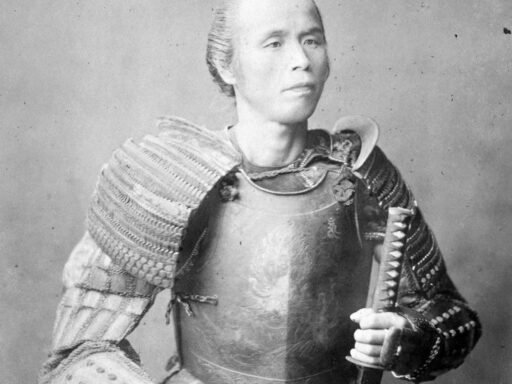Yes, both Ancient Greece and Rome had gym-like locations where people worked out and socialized. In Greece, these were called gymnasiums, large open-air facilities where citizens engaged in sports like wrestling, often nude, to promote health and fitness. In Rome, public bathhouses served a similar role, combining fitness activities with hygiene and socializing.
Greek gymnasiums originated from the word gymnos, meaning naked, highlighting the practice of exercising without clothes. These places consisted of expansive outdoor spaces akin to modern stadiums. They hosted athletic events such as wrestling and weightlifting with heavy objects, not modern barbells. Gymnasiums also included baths and saunas for post-exercise relaxation.
Aside from physical training, gymnasiums acted as social hubs. Philosophers and writers like Seneca the Younger described the gym atmosphere, noting the exertion sounds similar to today’s gym noises. These centers supported a culture valuing physical health and communal interaction.
Roman bathhouses, like the famous Baths of Caracalla, evolved from Greek traditions but expanded in scale and complexity. These facilities provided hot and cold baths, mineral treatments, massages, and skin care, offering both hygiene and wellness services. Architecturally sophisticated, bathhouses featured heated pools maintained by fires under the floors.
Besides bathing, Romans exercised within these complexes. Activities included wrestling, javelin throwing, shot put, discus, and weightlifting. The baths were open to all social classes, serving as egalitarian venues for fitness and socializing. Men and women attended on separate days, enabling broader community engagement.
Roman bathhouses were widespread across the empire, from England to eastern Europe. Their multifunctional role helped address public health issues like urban crowding and lack of private running water.
| Aspect | Ancient Greek Gymnasiums | Ancient Roman Bathhouses |
|---|---|---|
| Primary Use | Athletics, socializing, health promotion | Fitness, hygiene, social gatherings |
| Facilities | Outdoor arenas, baths, saunas | Hot/cold/mineral baths, heated pools, exercise courts |
| Activities | Wrestling, weightlifting, running | Wrestling, throwing events, weightlifting, bathing |
| Social Role | Community hub, education, sport | Public health, social equality, relaxation |
Both cultures linked physical training with social life and wellness. Gymnasiums and bathhouses fulfilled needs similar to modern gyms and spas. Their legacy reflects early recognition of the value of exercise, cleanliness, and social interaction in urban life.
- Greek gymnasiums emphasized athletic training and socializing in open spaces.
- Roman bathhouses combined fitness, bathing, and social functions with architectural innovation.
- Exercise activities included wrestling, weightlifting, and various throwing sports.
- Both venues promoted health and social cohesion across different classes.
Were There Gym-Like Locations in Ancient Rome or Greece Where People Would Go and Workout?
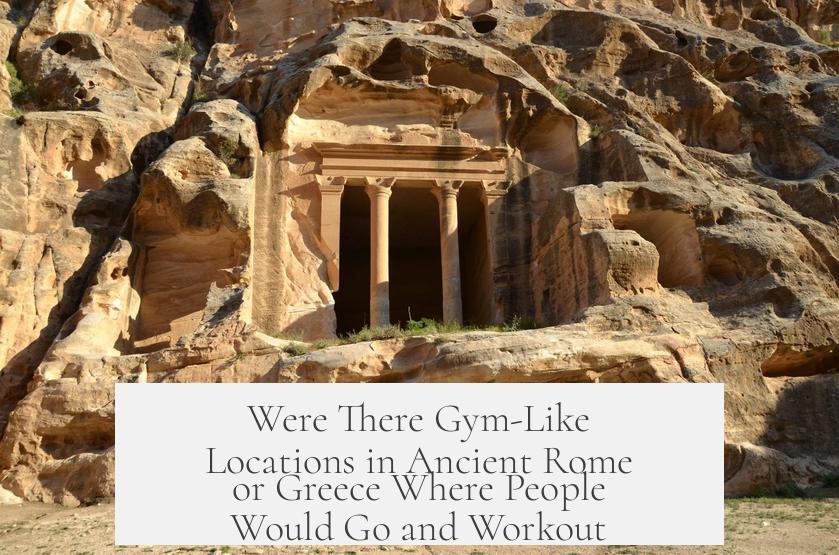
Yes, both Ancient Greece and Rome had gym-like places where people went to work out and socialize — but they were quite unlike your modern gym with treadmills and smoothie bars. These spots blended fitness, socializing, and even some serious spa time into one experience, making them hubs of public life. Let’s dive into how these ancient cultures exercised, mingled, and recovered from their workouts, shall we?
The Greek Gymnasium: More Than Just a Workout Space
The word “gymnasium” itself comes from the Greek gymnos, meaning “naked.” That’s because Greeks literally exercised nude. Imagine your local CrossFit box, but with a whole tribe casually wrestling without a stitch of workout gear. Sounds wild, right?
Greek gymnasiums were large, open-air complexes, almost like a sprawling modern-day stadium. They housed spaces for wrestling, running, and other athletic contests. But there’s a twist: gyms weren’t just for sport. Over time, they became buzzing social hubs where people gathered not only to build muscles but also to chat, philosophize, and discuss politics.
They even included baths and saunas—think ancient jacuzzi without the bubbles—that helped athletes clean up and relax after sweaty sessions. So these gyms combined what we might now find split between a fitness center and a spa.
“When your strenuous gentleman… is exercising himself by flourishing leaden weights… I can hear him grunt… and pant in wheezy and high-pitched tones,”
Seneca the Younger’s complaint from centuries ago shows how gym noise is a timeless issue. The same sounds fill modern gyms today; it’s almost comforting in its familiarity.
Roman Bathhouses: The Ultimate Fitness and Social Clubs
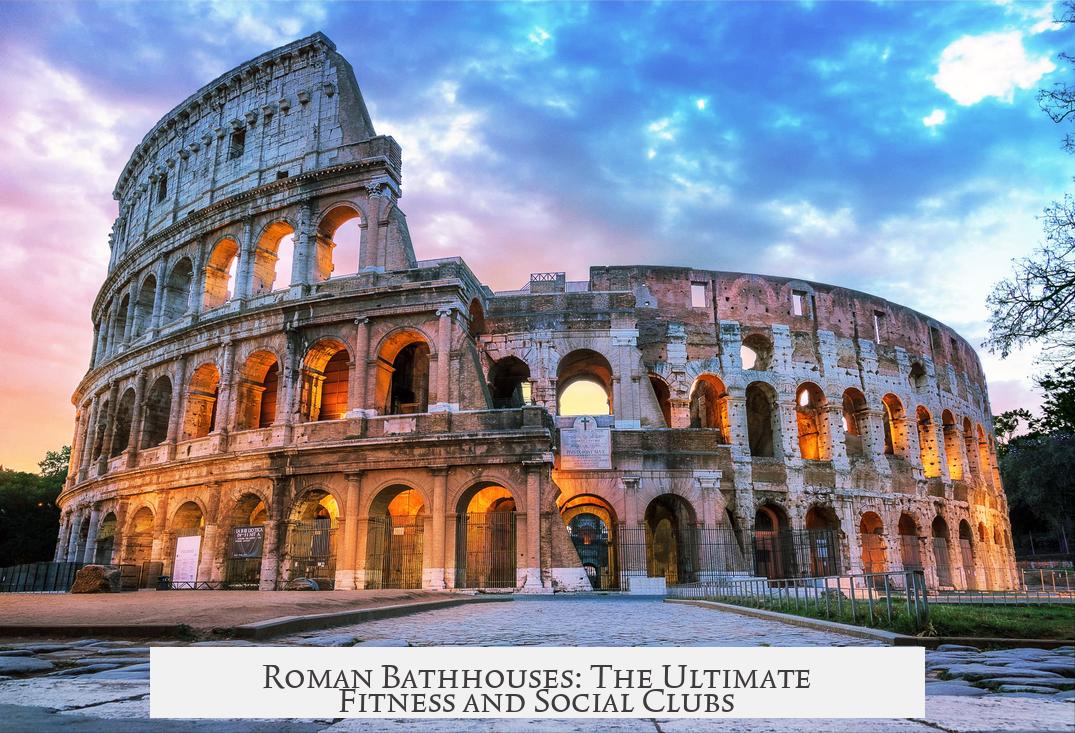
Ancient Romans took this gym concept and gave it a major upgrade. Instead of just simple training grounds, the Romans built massive bathhouses like the Baths of Caracalla, which were part fitness center, part spa, and part social club. These baths were open to men and women (on different days), rich and poor, making them democratic spaces for wellness and camaraderie.
These bathhouses had a dizzying array of spa options: hot and cold baths, mineral and mud baths, skin scraping (yes, a kind of ancient exfoliation), and scent oil anointing. Think of it as a full-service wellness retreat in the heart of the city.
They also offered athletic training areas. Romans practiced wrestling and a variety of throwing sports like javelin, shot-put, and discus, echoing their Greek predecessors. Instead of modern barbells, they lifted heavy stones or other heavy objects, building functional strength for real life—a far cry from just pumping for biceps glory.
The architecture was impressive. Buildings featured double walls with fires beneath to keep the heated pools steamy year-round. This was no ordinary community center; it was an engineering marvel showcasing Roman sophistication.
Bathhouses doubled as social meeting places. Men and women would come to relax and chat. Large gatherings naturally led to friendships, business deals, or political discussions. Public health was another key role here. Since many homes lacked running water, these baths were essential spots to stay clean and healthy.
Public Fitness Then and Now: What You Can Learn
Gymnasiums and bathhouses in Ancient Greece and Rome were much more than places for exercise. They were centers for health, social bonding, and even education. The combination of physical training, hygiene, and socializing helps explain why physical fitness was so deeply integrated into their daily lives.
So maybe it’s time to rethink modern gyms. What if your fitness regime involved a community, natural settings, calming saunas, and baths—and not just hours staring at a screen on a stationary bike?
Lessons from Ancient Fitness Culture
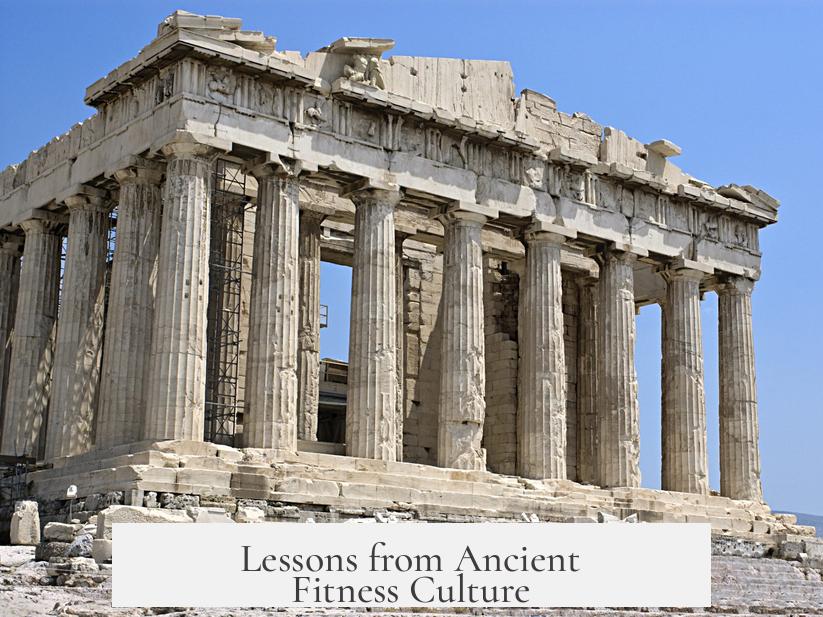
- Community is key: Both Greek gymnasiums and Roman bathhouses drew people of different backgrounds together. Fitness wasn’t a solo grind but a shared experience.
- Physical fitness meshed with wellness: Hot baths, massages, and skin treatments accompanied workouts, blending exercise with recovery and relaxation.
- Functional training: Throwing javelins, wrestling, and lifting heavy objects built strength useful for daily life, not just vanity muscles.
- Social time is workout time: These spaces fueled conversations, debates, and friendships, proving that working out with others brings extra benefits.
Modern fitness culture could borrow a page from this ancient playbook. Imagine finishing your workout with a soak in a steamy bath and some time chatting with friends, instead of rushing off solo.
Fun Fact: The Sounds of Ancient Gyms
Seneca the Younger’s letter humorously complains about the noises of grunting gym warriors lifting lead weights thousands of years ago. It’s proof that even back then, gyms were noisy and maybe a little intimidating! It’s wild to think those sounds echo in gyms today: the clanging weights and heavy breathing. Some things never change.
Wrapping It Up: Ancient Gyms and Baths Were Societal Powerhouses
In summary, Ancient Greece’s gymnasiums and Rome’s bathhouses functioned as early versions of today’s fitness centers, but they emphasized both physical and social well-being. Gymnasiums focused more on athletics and socializing while bathhouses combined fitness, hygiene, and relaxation.
They were integral to public health and community cohesion. These spaces prove that fitness, recovery, and social life are best intertwined. So next time you swipe your membership card at a modern gym, remember the ancient athletes who exercised in the nude, sweated in grand open-air stadiums, and soaked in steaming baths surrounded by friends.
Wouldn’t you love to join a workout session that ends with steaming baths and meaningful conversations? Perhaps it’s time to revive some ancient gym culture in our modern fitness routines.
Were there gym-like places in Ancient Greece for working out?
Yes, ancient Greeks had gymnasiums. These were large, open-air complexes where people exercised in activities like wrestling and weightlifting, often nude. They also served as social centers and sometimes included baths and saunas.
Did the Romans have similar facilities for fitness?
Romans used bathhouses that combined hygiene with athletic training. These spaces included areas for wrestling, throwing sports, and weightlifting. The Baths of Caracalla are a famous example, featuring hot and cold baths plus spa services.
How did the social aspect play a role in these ancient workout spots?
Both Greek gymnasiums and Roman bathhouses were social hubs. People met not just for exercise but to interact, relax, and maintain health. Bathhouses also welcomed both rich and poor citizens, fostering a shared social environment.
What kinds of athletic activities were common in these ancient gyms and baths?
Activities included wrestling, throwing javelins or discs, and lifting heavy weights. These workouts emphasized functional strength, and many gyms had bathing facilities to aid recovery after exercise.
Were there any cultural attitudes about exercising in these ancient gym-like locations?
Seneca the Younger noted sounds of heavy breathing and grunting in gyms, showing a workout atmosphere similar to today. This suggests that exercising hard and the accompanying noise were familiar across centuries.
